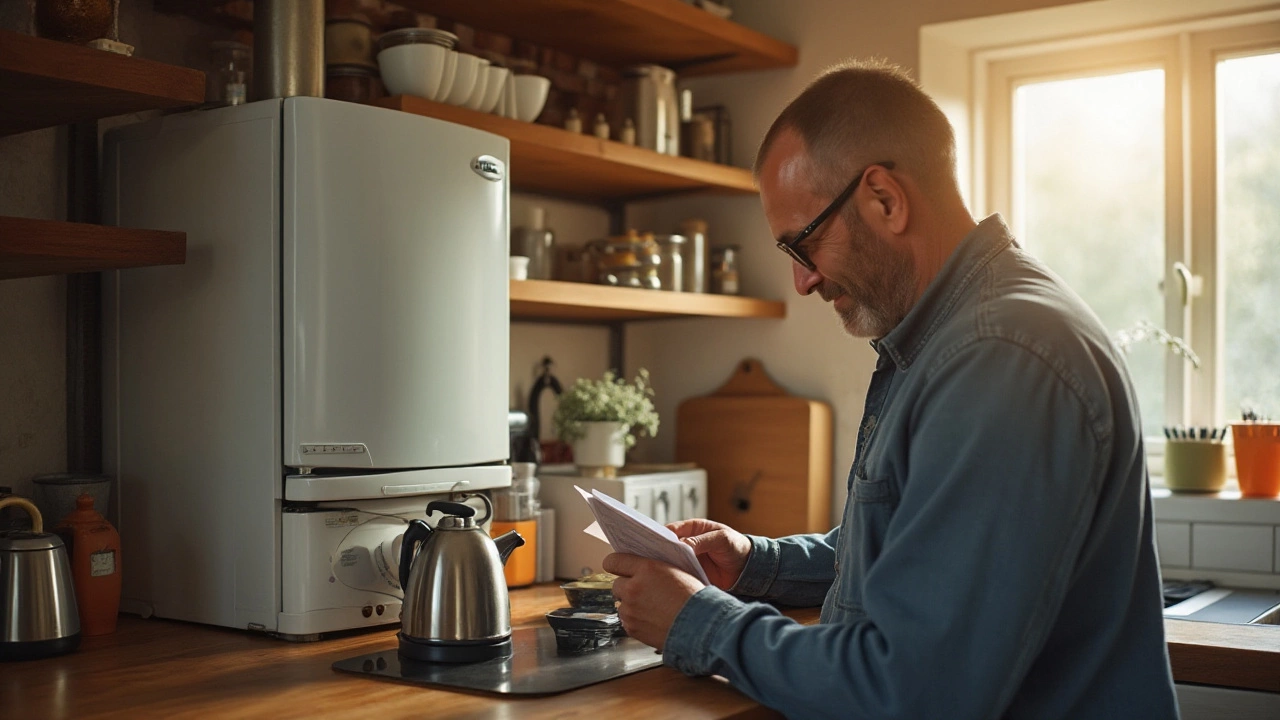Safety Checks for Home Appliances – What to Do Before You Start
Got a humming fridge or a spark when you turn on the oven? Before you get panicky, do a quick safety check. A few simple steps can save you from injury, a fire, or a costly repair. Below are the most useful checks you can do yourself, plus tips on when to call an expert.
Check Power and Cords
First thing – look at the plug and cord. Make sure the plug isn’t cracked and the cord isn’t frayed. If you see any exposed wires, unplug the appliance and don’t use it until a qualified electrician fixes it. While it’s unplugged, test the outlet with a voltage tester or a lamp to see that it’s delivering power. An outlet that feels warm or smells burnt should be inspected by a pro right away.
Inspect Seals, Gaskets and Filters
Refrigerators, dishwashers and washing machines have seals that keep water and air where they belong. Press the door gasket gently – it should feel firm and return to shape. A cracked or loose seal lets moisture in, which can cause rust and mold. Clean the filter in your dryer, range hood or fridge regularly; clogged filters overheat and become a fire hazard.
Next, listen for anything unusual. A loud thump from a washing machine or a high‑pitched whine from a fridge can mean a failing motor or loose part. Turn the appliance off, unplug it, and look for visible debris or loose screws. Tightening a few bolts can often stop the noise and prevent a breakdown.
Test Safety Features
Many appliances have built‑in safety switches. For electric hobs, the reset button should pop out only when there’s an over‑heat. Press it to see if it stays in. If it trips again immediately, stop using the hob and call a repair service. Similarly, water heaters have a temperature‑pressure relief valve. Lift the valve a little – water should flow out and then stop. No flow means the valve is stuck and could burst later.
Don’t forget the carbon monoxide alarm if you use gas appliances. A quick beep test each month tells you the alarm works. If the alarm sounds while a gas stove is on, shut the stove, ventilate the area, and call a gas engineer.
When to Call a Professional
If any of the checks above reveal damaged cords, broken seals, persistent odd noises, or a safety switch that won’t stay reset, it’s time to call a qualified repair person. Trying to fix a sealed refrigerator panel or a gas line yourself is risky and can void warranties.
Also, schedule a yearly professional safety inspection for major appliances like boilers, water heaters and built‑in ovens. A pro can test internal components you can’t see and catch problems before they turn into emergencies.
Keeping these quick safety checks in mind makes your home safer and helps appliances last longer. A few minutes of inspection now can save hours of trouble later.
Essential Guide to Regular Gas Appliance Maintenance Checks
0 Comments
Gas appliances are integral to modern living, providing convenience and efficiency in our daily routines. To ensure their safe and efficient operation, regular checks and maintenance are crucial. This article explores the recommended frequency for inspecting gas appliances, highlights potential risks, and offers practical tips for maintaining their optimal performance. Understanding these aspects can help prevent accidents and costly repairs.
Read More